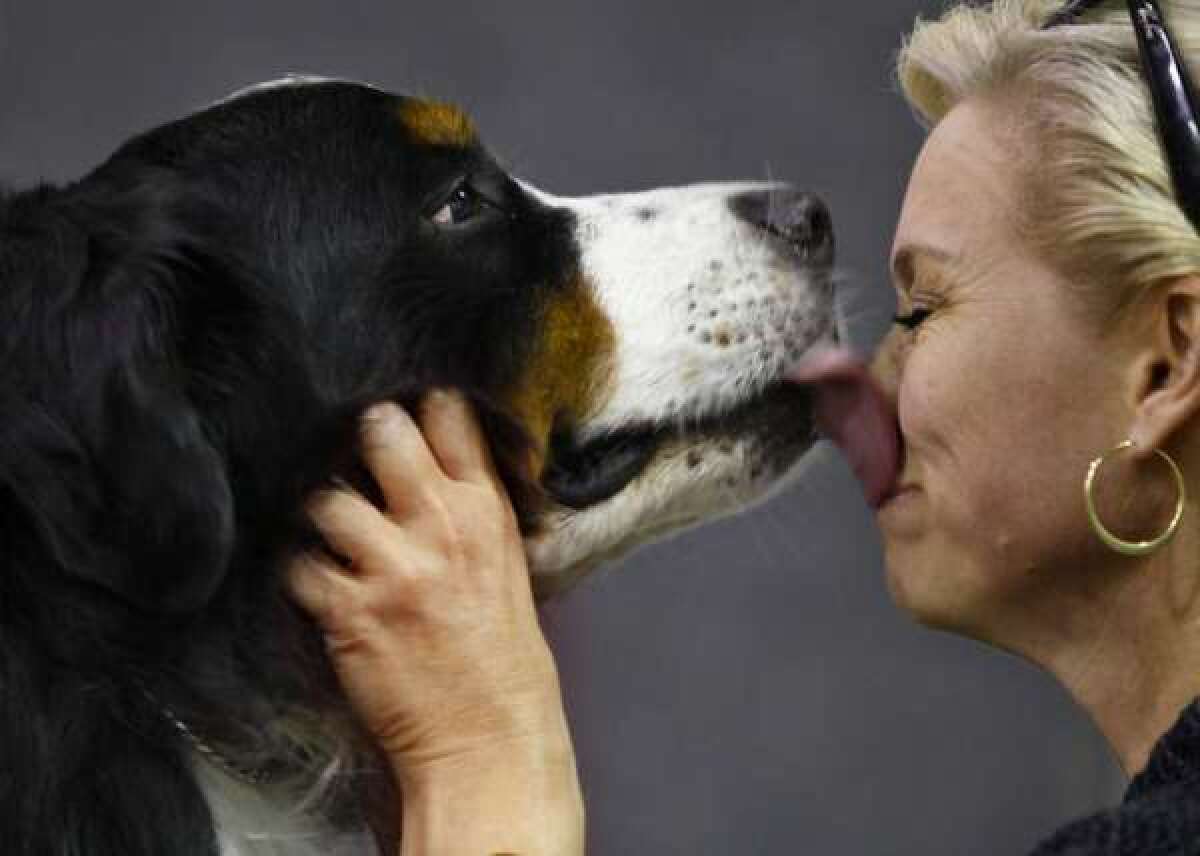Our dogs and our kids bind us (and our microbiomes) together

People who live with canine companions — dog owners, some would call us — have certain common quirks: a fondness for wet kisses, for instance, and a compulsion to grab a fistful of fur and ask, “Who’s a good boy (or girl)?” with no expectation of an answer.
A new study finds these dog owners are united, both with their dogs and each other, by similar microbiomes as well.
Researchers rounded up 50 families, half of them with one or more dogs living under the same roof, to see how living together was reflected in the cohabitants’ shared “microbiota”: the distinctive colonies of bacteria that live on our skin, in our mouths and in our guts.
The size and composition of those colonies is unique to each of us, almost like a fingerprint. But our microbiomes bear similarities to those with whom we share households, suggesting that, over time, couples don’t just look more alike on the outside; as habitats for a veritable menagerie of microbes, they grow to look more alike on the inside too.
Couples who live together with kids tend to share more communities of bacteria on their skin, in their mouths and in their guts with one another than they do with other families, the new research concluded. And the older a child gets (in other words, the longer he or she has lived with his or her parents), the more similar his or her microbiome becomes to those of the parents.
But our domestic canine friends seem to weave a unifying thread through separate human households. Two people who live in different homes but both own dogs share about as many similar varieties of microbes on their skin as does a couple who lives together but does not have a dog.




